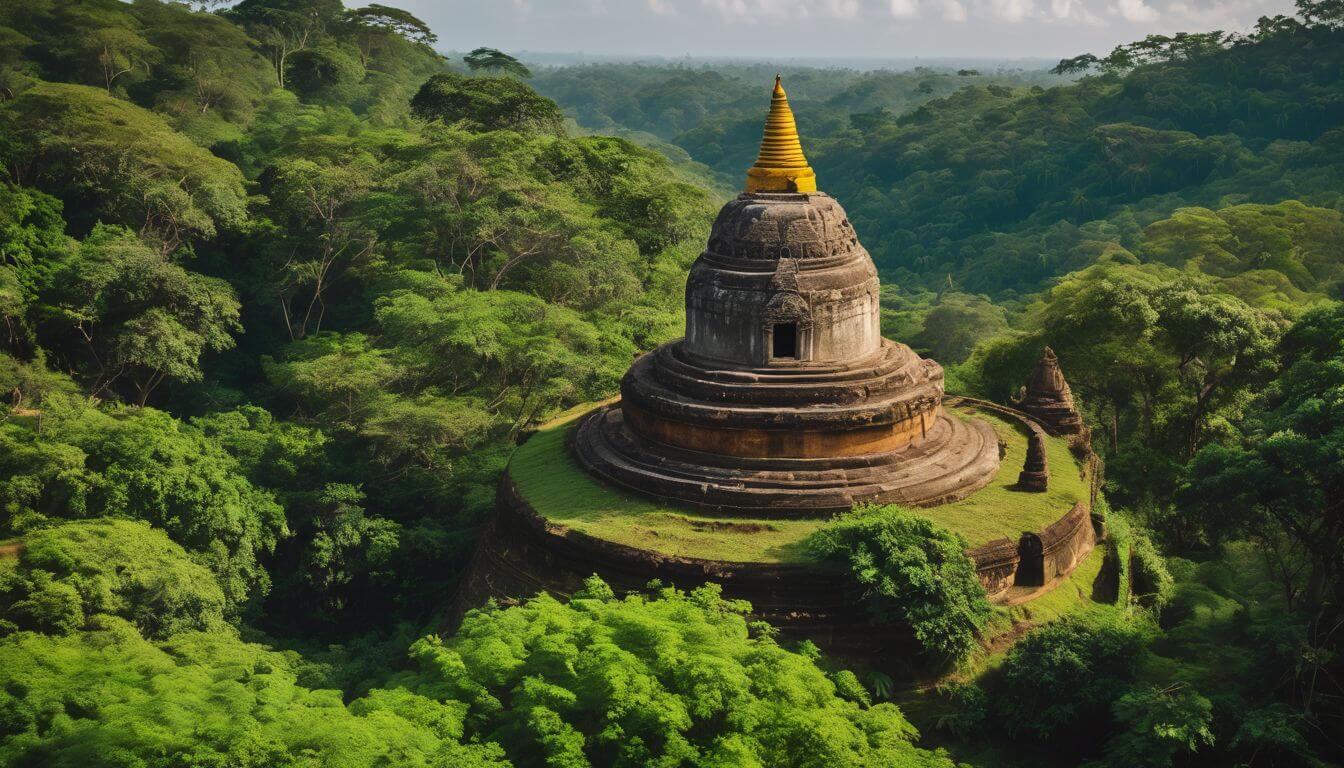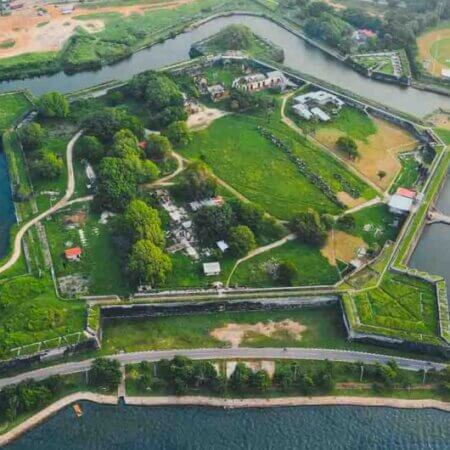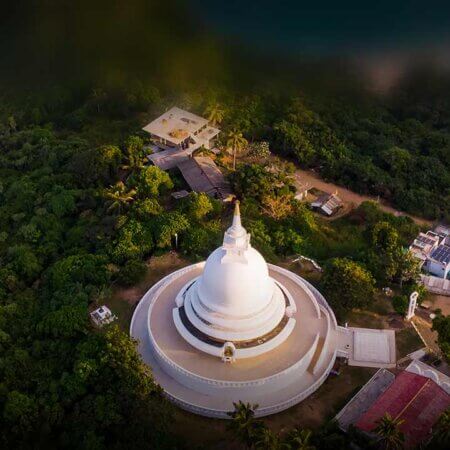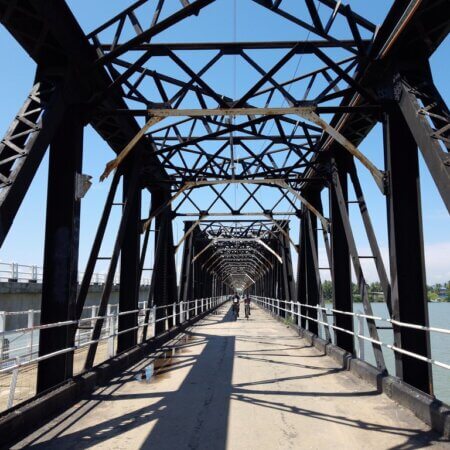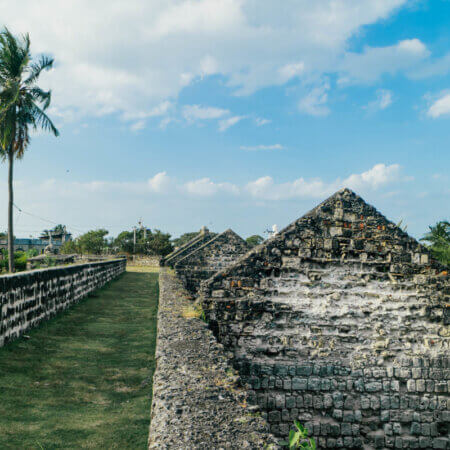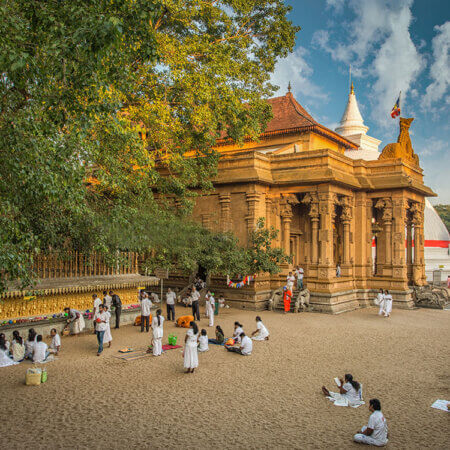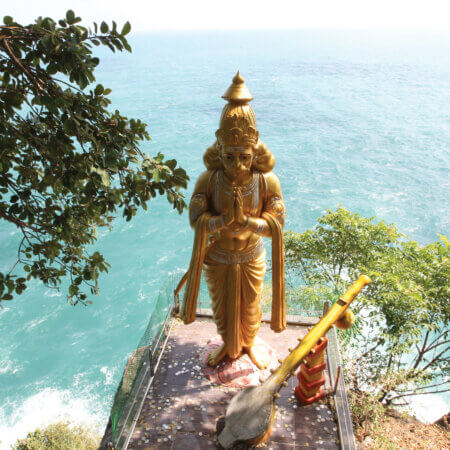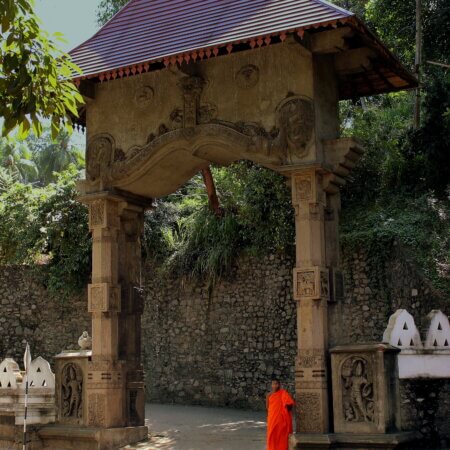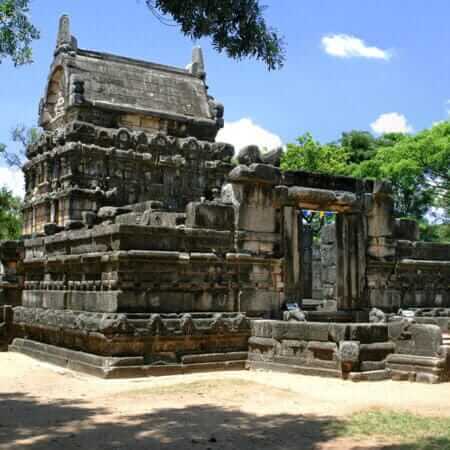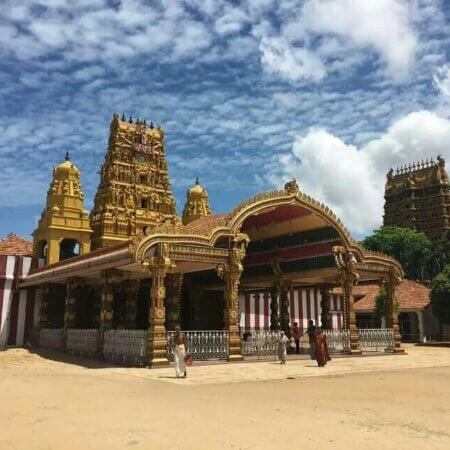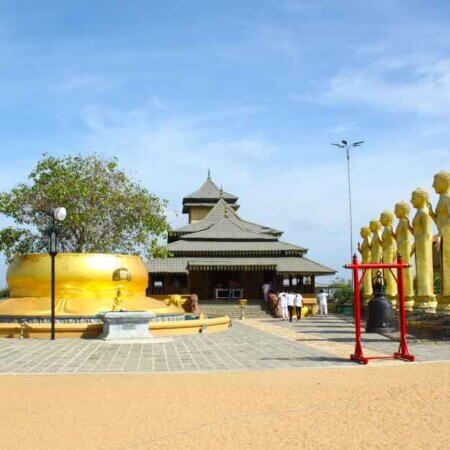Sri Lanka’s architecture is a fascinating blend of ancient, colonial, and modern styles, reflecting the island’s rich history and cultural diversity. From ancient rock-cut temples to colonial forts and contemporary urban designs, the architecture in Sri Lanka is deeply rooted in its religious, historical, and geographical context. The island’s architectural heritage is a testament to the creative genius of its people over millennia.
Here are some key locations that showcase Sri Lanka’s diverse architectural styles:
- Sigiriya Rock Fortress: Built in the 5th century by King Kashyapa, Sigiriya is an iconic example of ancient Sri Lankan engineering and creativity. The fortress, perched atop a massive rock, features a unique combination of defensive structures, gardens, water reservoirs, and frescoes, making it one of the most extraordinary examples of ancient architecture in Asia.
- Anuradhapura and Polonnaruwa: These ancient cities, both UNESCO World Heritage Sites, are home to some of the most significant examples of Buddhist architecture in Sri Lanka. The stupas (dagobas), including Ruwanwelisaya and Jetavanaramaya in Anuradhapura, are monumental structures that reflect the religious devotion and architectural prowess of ancient Sinhalese kings.
- Temple of the Sacred Tooth Relic, Kandy: This temple, located in the hill capital of Kandy, is one of the most sacred Buddhist sites in the world. Its traditional Kandyan architecture, with carved wooden pillars and gold-plated roofs, is a prime example of Sri Lanka’s religious architecture.
- Dutch Fort in Galle: A UNESCO World Heritage Site, Galle Fort represents the colonial influence on Sri Lankan architecture. Built by the Portuguese in the 16th century and later expanded by the Dutch, the fort’s European-style buildings, churches, and cobbled streets stand in contrast to the island’s indigenous architectural forms.
- Ridi Viharaya (Silver Temple), Kurunegala: This temple is a remarkable example of ancient cave architecture. Dating back to the 2nd century BC, the temple is carved into rock and showcases intricate sculptures and Buddhist frescoes.
- Modern Colombo Architecture: Colombo, the island’s capital, features a mix of colonial and contemporary architecture. The Colombo Lotus Tower and Altair Residencies are modern skyscrapers that represent the island’s growing urban landscape, while the Old Parliament Building and Colombo Fort display colonial-era grandeur.
Sri Lanka’s architecture is a blend of innovation, spirituality, and history. Whether exploring ancient kingdoms or strolling through colonial streets, the island’s architectural heritage offers a glimpse into its cultural evolution, making it a unique and inspiring destination.

